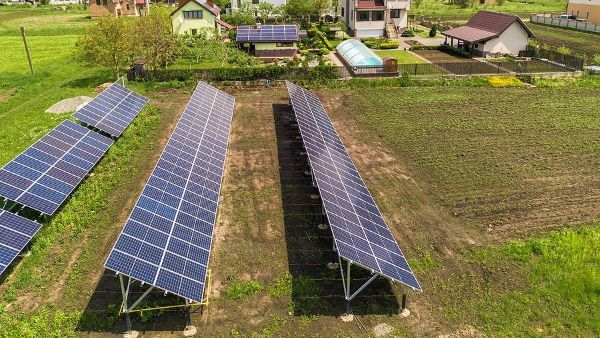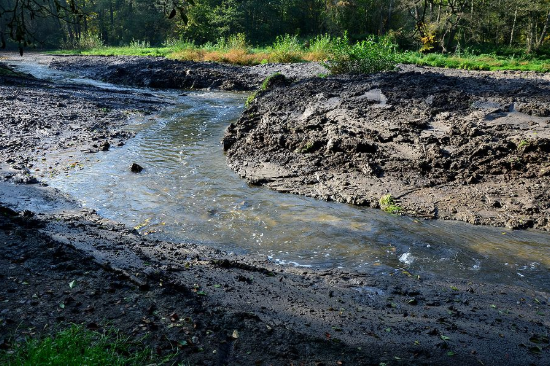Key Planning Considerations for Ground-Mounted Solar Projects
As renewable energy continues to expand across the landscape, more property owners, developers, and municipalities are looking toward ground-mounted photovoltaic (PV) solar arrays to meet energy demands sustainably. While the focus is often on the panels themselves, the success of any ground-mounted solar project begins much earlier: with the civil design and site planning.
Navigating Regulatory Requirements
Many local regulations treat solar arrays similarly to structures, necessitating adherence to specific construction standards. Solar arrays must maintain defined setbacks from property lines, roads, structures, and protected areas, typically ranging from 10 to 50 feet, depending on the jurisdiction. Additionally, site constraints such as easements, floodplains, and wetlands require careful mapping to prevent conflicts during construction and permitting.
Addressing Stormwater Management
Solar installations can alter natural drainage patterns, making stormwater management a critical component of the design. Implementing low-impact development (LID) practices—such as vegetated swales, infiltration basins, and strategic grading—can effectively manage and treat stormwater on-site. These methods help maintain the site's natural hydrology and reduce runoff, aligning with sustainable development goals.
Evaluating Soil Conditions
Soil conditions significantly influence the type of foundation required for solar panels. Conducting a geotechnical study is often necessary to assess soil properties, including bearing capacity and stability. This evaluation informs the selection of appropriate foundation systems, such as driven piles or ground screws, ensuring structural integrity and longevity of the solar array.
Planning for Maintenance Access
Ground-mounted solar arrays are not "set and forget" installations; they require regular maintenance. Civil engineering plans should incorporate access roads designed to accommodate construction and maintenance vehicles. These roads must feature suitable surfacing and slopes and may need to comply with local fire department requirements for emergency access.
Coordinating with Regulatory Agencies
Projects often necessitate coordination with city, county, and sometimes state agencies. Engaging in early site evaluation and planning can significantly reduce delays in the approval process. At BC Engineering Group, we have extensive experience working with such agencies and are prepared to leverage our expertise to efficiently guide projects through the necessary procedures.
Should you have any questions about BC Engineering Group’s design services or if you are in need of a Licensed Civil Engineer, feel free to reach out to our offices at (707) 542-4321.







